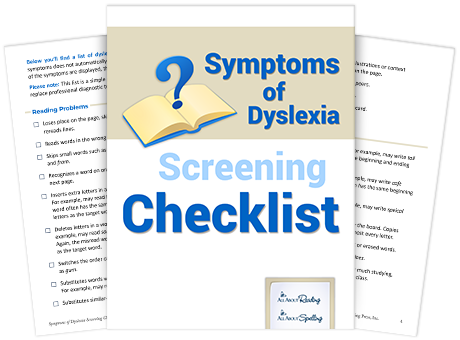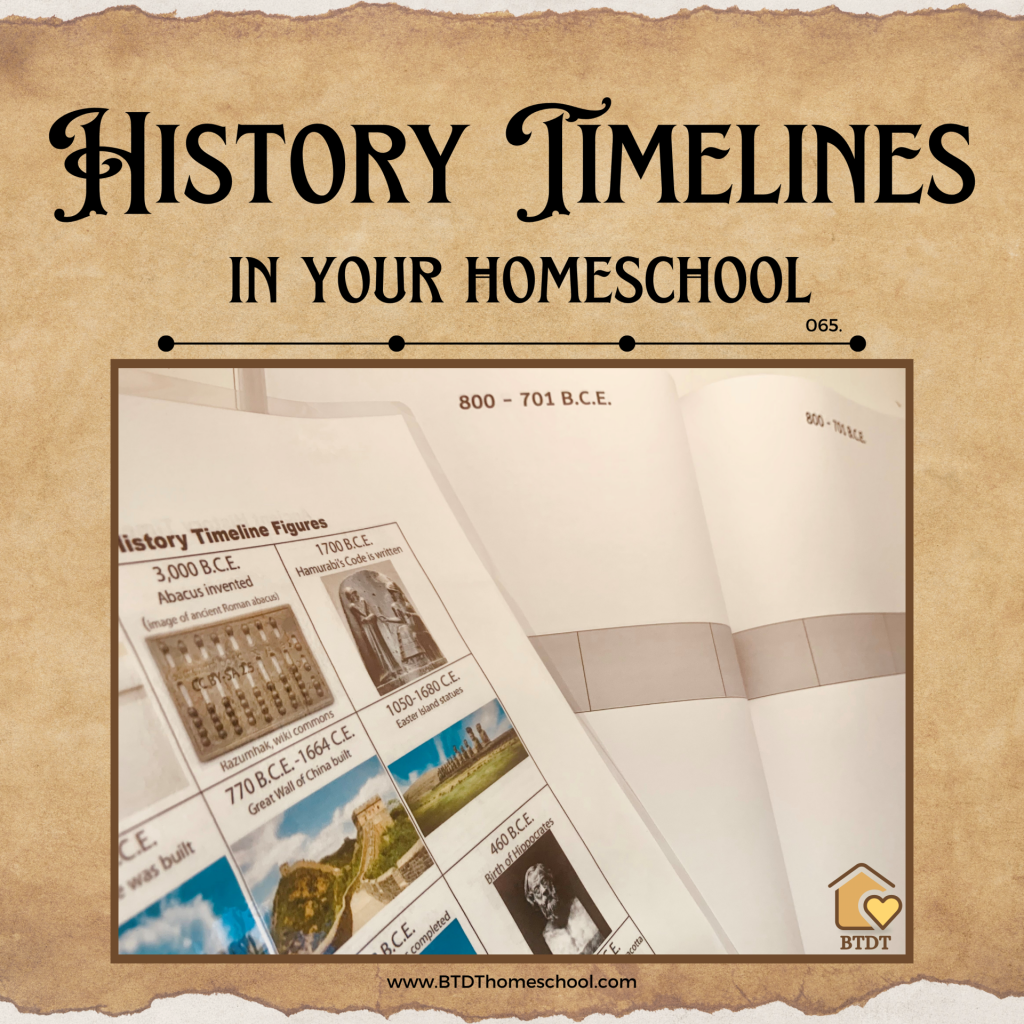
021.
How Do You Homeschool a Child with a Learning Difference?
What are the most common learning disabilities?
How do I homeschool a child with a learning disability?
Will having a special need hold my child back?
Tune in this week while we discuss these topics and more!
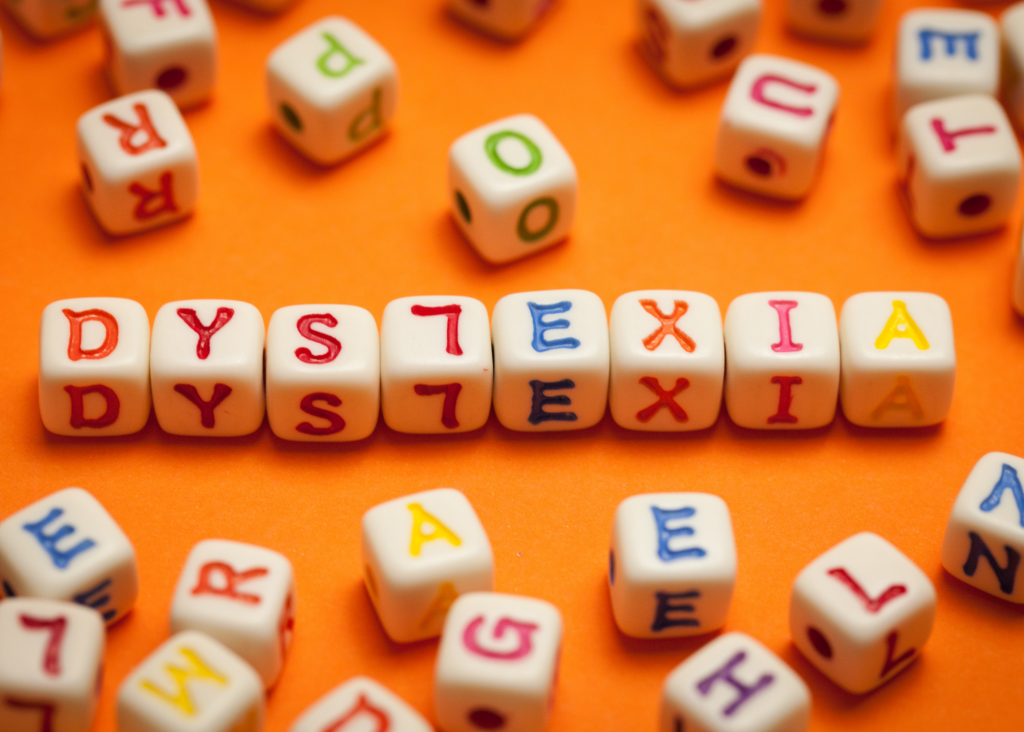
TWO WAYS TO LISTEN TO THIS EPISODE:
1. Click PLAY Button Above ^^ to listen here.
2. OR Listen on your favorite podcast platform:
Scroll Down for your FREEBIES this week
Show Notes
You may be a parent that has considered or chosen to homeschool because your child has a learning difference or needs an accommodation to help them learn. You may have battled your school system for a curriculum suitable to accommodate them. You may have asked yourself, “Can I homeschool my child?” The answer is a resounding, “Yes!”
Learning disabilities can make it difficult for children to keep up with peers academically and may lead to frustration and behavioral issues. Children with learning disabilities often struggle with social interactions and have low self-esteem. It is important for children with learning disabilities to receive appropriate support and in order to succeed academically and emotionally.
Sometimes people may have the idea that kids with learning disabilities are not motivated or intelligent, or it’s the parents’ fault. That is absolutely false. We really need to widen the lens of how we look at these kids. Also, keep in mind that all students are unique and special and every single one has areas of strengths and areas of weaknesses. It’s important to remember that there are functioning, responsible adults everywhere that grew up navigating the system with a learning disability.
What is a learning disability? (5:18)
Learning *disorder* is a diagnostic term. A licensed professional — usually, a psychologist — diagnoses a person with a learning disorder based on a list of symptoms. Learning *disability* is a legal term. A public school identifies a student with a learning disability. People will often use these terms interchangeably, but those are their definitions.
Sometimes we use terms like developmental delay or gaps in knowledge to describe learning disabilities. Learning disabilities are actually a neurological disorder. The most common of course being reading disabilities with dyslexia as the most common. The reality is that 5–10% of students in the US have some sort of learning disability.
There are many ways that professionals will go about diagnosing a learning disability including tests that psychologists do. That may include an aptitude test and an achievement test and often they compare those two. They may run more tests and once they have those results it helps them determine if there is a neurological disorder, a gap in knowledge, or they just need more exposure and more time to catch up. Typically, these sorts of assessments are done around 6 or 7yrs old.
Sometimes there are even children with really high IQs that may be labeled GT, gifted and talented in a school system that may actually have a processing disorder. Knowing that and getting appropriate diagnosis is going to really help make your approach to how you teach them in your homeschool.
Unfortunately, some kids may feel shame because it may take them so much longer than their friends to do something. It makes them feel that there is something wrong with them. It’s important that these children see themselves and also that we see them not from a deficit viewpoint but from an asset viewpoint. So often we label and put people in boxes because it’s easy to identify them like that, but we know that people are multidimensional— every single human being — not just academically, but emotionally but also in their talents.
When you are able to personalize your child’s education in your homeschool, you will be able to break that cycle of failure they may feel. When they can feel small measures of success, you can help them to change their internal dialogue and their mindset about themselves. It will help build their confidence and will help with every aspect of their life. These are often the kids that grow up with the most resilience, persistence, and grit. It’s not just about academic success!
It’s critical that you and your child learn about their diagnosis together. You need to become their advocate, but ultimately, you want them to be their own advocate in life -in the classroom and beyond- so they need to understand how they best learn and process information too.
There is no better ratio for educational success than 1:1. Being able to customize an education to your child’s specific needs is what homeschooling is all about. Positive outcomes begin with having the right blend of teaching style, curriculum, and a keen understanding of how your child/teen learns best.
How do I know if my child has a learning disability? (12:10)
Learning disabilities usually fall within four broad categories:
- Spoken language-listening and speaking.
- Written language-reading, writing, and spelling.
- Arithmetic-calculation and concepts.
- Reasoning-organization and integration of ideas and thoughts.
Today we’re going to address 6 common learning disabilities and how you can tailor your homeschool to accommodate your children and their individual needs. Each of these conditions can present with a range of symptoms and can be diagnosed through a combination of medical and educational assessments.
- Dyslexia
Dyslexia is the number one learning disability that affects people of all ages. It affects a person’s reading and language processing skills. If you are the parent of a child with dyslexia, you have probably searched long and hard for ways to help your child learn. Because children with dyslexia are often highly intelligent, creative, gifted, and productive, you can often capitalize on your student’s strengths to make the most of homeschooling. You have complete control over the materials you teach with and can even choose a targeted homeschool curriculum for dyslexia.
- Dysgraphia
Dysgraphia is a learning disability that affects a person’s ability to write. It can manifest as difficulty with spelling, poor handwriting, or trouble putting thoughts on paper.
- ADHD
Although ADHD is technically not considered a learning disability, research indicates that 30-50 percent of children with ADHD also have a specific learning disability, and that the two conditions can interact to make learning extremely challenging. ADHD, if not treated, can interfere with a person’s ability to succeed academically and socially, and may lead to challenges in relationships and employment later on.
ADHD, or attention deficit hyperactivity disorder, is a neurodevelopmental disorder that affects a person’s ability to pay attention, control impulsivity, and regulate their level of hyperactivity. It’s the second most common learning disability and can affect people of all ages. I know many people that have struggled all their life and then to be diagnosed as adults.
ADHD makes it difficult to concentrate, which can lead to one child distracting others around them in a classroom setting. Many children with ADHD are disciplined for misbehaving, but they can’t control their actions.
- Dyscalculia
Dyscalculia is a learning disability that affects math skills. It can make it difficult for a person to understand math concepts, perform arithmetic calculations, and solve math problems.
Lots of people dislike math, but they’re eventually able to understand it with enough practice. Dyscalculia is more severe because it’s diagnosing a learning disability that makes it challenging to understand even the most basic math concepts. Since math builds upon itself, children with dyscalculia can fall behind and struggle to catch up for years.
- Dyspraxia
Dyspraxia is a neurological disorder that affects a person’s ability to plan and coordinate movement. It can affect fine motor skills, such as writing or tying shoelaces, as well as gross motor skills, such as balance and coordination. Dyspraxia can also affect a person’s ability to process information and perform tasks in the correct order. It is often referred to as developmental coordination disorder (DCD) and is thought to be caused by problems with the brain’s ability to process information about movement and coordination.
Although dyspraxia is a condition that affects someone’s motor skills, it still has the potential to hinder specific learning.It mostly interferes with hand-eye coordination skills. Dyspraxia presents itself differently in each affected person, but some symptoms include poor balance and struggling with fine-motor skills.
- Auditory and visual processing disorders
- Visual Tracking Disorder
There are some families where parents feel it’s necessary to read and write everything because their child has behavioral issues when they try to make them do their own writing for math or reading. Sometimes there is something else going on and can translate as a visual tracking problem that makes reading very difficult for them. At this point, it would be advisable to look into professional help.
- Auditory
Although CAPD is not considered a learning disability itself, it can make some aspects of education particularly challenging. Central auditory processing disorder (CAPD) is a condition in which the ears and the brain do not work well together. A child that struggles with central auditory processing disorder is unable to properly process information. Their ears can hear, but the brain does not organize and store the information in a way that lets the child remember it easily.
How do I homeschool a child with a learning disability? (18:37)
We likely see a disproportionate number of students with learning disabilities in homeschooling circles. This is typically because either the school has failed to meet their needs and the parents feel they do better with one-on-one instruction. Or, the diagnosis comes earlier as the parents have noticed something in their day-to-day interactions that may have slipped by in a busy classroom. For whatever the reason, in order to homeschool a child with a learning disability there are some steps you want to take.
Diagnosis of disabilities
If you or someone who knows your child suspects a learning disability, you may want to have a complete evaluation done by a psychologist or specialist to get a clear picture of their strengths and weaknesses. You may also seek testing through an educational diagnostician. These are available through school districts, or an independent evaluator or private provider, or medical institutions like pediatric psychology groups. Check with your state homeschool laws or school district to find out about evaluation services that may be available to you. Sometimes these resources even provide support.
Learn about your child’s diagnosis
You know your child best and no one loves them more or is a bigger cheerleader for them than you can be. You know that they are more than a label and you are the one who can help them reach their full potential. You want to do all you can to learn as much as possible about their diagnosis so that you are able to understand how to support them. You are going to need all the understanding and tricks in your toolbox to aid them and to recognize their different abilities.
Educate yourself on treatment options
Learn about what your options are for treatments. There may be medications, or therapies or other interventions available to aid you in your new journey. Seek advice and information from your student’s diagnosing professional and their pediatrician. Other treatments may be available by working with an integrative physician. There are more and more types of therapies available for various disabilities and special needs: art and music therapy, pet therapy, behavioral and cognitive therapy.
Traditional or standard speech/language, vision, physical, and occupational therapies are common treatments. Unfortunately, nearly all health insurance plans exclude coverage for Educational Evaluations.insurance companies do not cover for testing that is educational in nature. Sometimes it is FSA eligible. So, in some cases testing and therapies may be financially out of reach if you are seeking private care but are free through the public school system. Again, research the resources available to you (some states give homeschoolers with learning disabilities access to special services).
Seek Support
Seek support of all kinds from professional to other families. Finding supportive people or groups is a great way to get personalized answers and practical resources. Many of our friends that have been through this struggle say, over and over again, that other homeschool moms who have been through it were invaluable to them.
For parent support you may want to try groups such as International Dyslexia Association, and Decoding Dyslexia. National charitable organizations such as Scottish Rite, Easter Seals, and The Arc offer resources, support, directories, grants, scholarships, and other helpful tools.
SPED Homeschool is another national nonprofit organization that offers encouragement and an online community to support families impacted by special needs. They have all kinds of resources from teaching tools, planning guides, and empowering media.
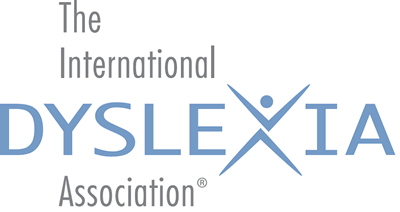


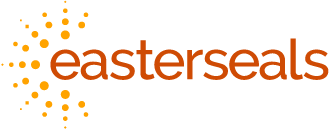

Get real with your child
We mentioned this earlier, but it’s critical that you and your child learn about their diagnosis together. Ultimately, you want them to be their own advocate in life -in the classroom and beyond- so they need to understand how they best learn and process information.
You really want them to understand that they are not defined by a diagnosis. One in five people have a learning disability and there are so many bright and successful people out there who also share the same learning disabilities. Understanding their difficulties and how their disability affects them while also realizing what their strengths are and ultimately learning how to work around or with all of this will help.
The book 8 Great Smarts by Dr. Kathy Koch is a great resource:

There is also a homeschool specific 8 Great Smarts for Homeschoolers by Tina Hollenbeck and Dr. Koch:

There probably is not a greater life skill than self-advocacy. Some other resources like the Yale Center for Dyslexia and Creativity and Understood.org can help you find resources to educate your child and teach them how to advocate for themselves.

Another popular highly rated book is The Dyslexia Empowerment Plan by Ben Foss:

Allow for accommodations
Accommodations help students take in information or demonstrate what they know but at their level and at their abilities. Decide what kind of accommodations your child may need and make sure to discuss these with other people who may be in supervisory roles in your child’s life, like outside teachers/tutors or coaches and other instructors. Some common accommodations that may be of use are audiobooks, dictation or oral work in lieu of writing. Other accommodations may be frequent breaks or extra time to do a task. This is something you may want to document in your homeschool records.
Elizabeth Hamblet’ website offers advice and makes presentations based on her professional experiences drawn from her 20+ years as a college -level learning disabilities specialist. Explore her site to learn all about the college disability accommodations system, and how disabilities are handled in the admissions process.
Have confidence and faith in yourself
You are your child’s best teacher, and you are totally able to give them a completely personalized education plan. One of our friends did emphasize that you need to be willing to constantly adapt and change what you are doing.
Some of our friends have been able to teach their dyslexic children to read. Others had to seek outside assistance. One used Scottish Rite and said her student responded very well to the structure of the program. Another friend was able to teach one of her kids with dyslexia to read but not the second. The second child received intensive remediation through a reading specialist, who was trained in research-validated multisensory programs that work when other approaches fail. These programs address underlying weaknesses that make reading, spelling, writing and comprehension difficult.
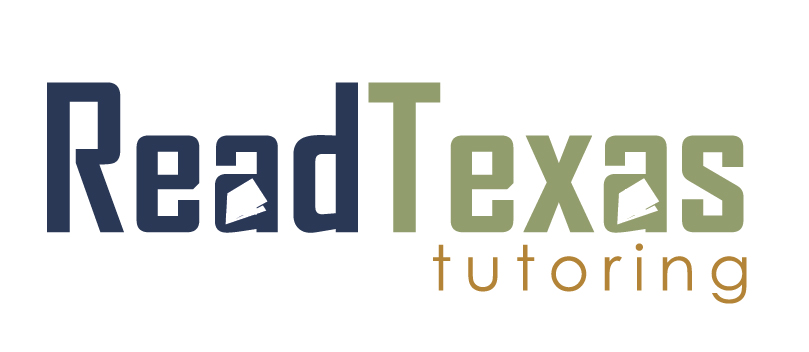
Instructors are trained in the following programs and instructional approaches:
- Seeing Stars® Symbol Imagery for Phonemic Awareness, Sight Words, and Spelling.
- Visualizing and Verbalizing for Language Comprehension and Thinking®
- Talkies®: Visualizing and Verbalizing for Oral Language Comprehension and Expression
- Lindamood Phoneme Sequencing® Program for Reading, Spelling, and Speech
- On Cloud Nine® Math Program
- Orton Gillingham approaches including Take Flight: A Comprehensive Intervention for Students with Dyslexia
You’re going to find that there is no single best curriculum for your child. I would encourage you to really tune in to their specific strengths and weaknesses, and personal preferences, and customize the best homeschool curriculum options for them. That might mean choosing a blend of homeschool curricula.
Parents should read to their kids, help them sound out words, and guide their reading activity, but they can’t learn for their child. That’s where using a reading program that accommodates their disability can aid independent mastery. Online courses, read-alouds, interactive videos, field trips, box curriculum, physical movement, and manipulatives, group/co-op learning can all provide exciting and engaging ways in which your child will succeed in homeschooling.
Ideally, you will want to choose learning tools that:
- Utilizes techniques that best fit their learning style
- Self-paced so they can move ahead when they have mastered a concept
- Be multisensory and include plenty of visual or audio instruction and support (depending on their needs)
- Include instruction in all the rules of reading and strategies both for decoding and spelling new words (especially for dyslexia)
- Builds on existing reading, writing and math skills
- Encourages kids to become active learners through exploration and discovery
- Introduces new learning opportunities in a safe, supportive environment
- Balances learning with fun!
A couple recommendations we heard from friends were the program All About Reading. Another one recommended Reading Eggs and Hooked on phonics. While these programs aren’t specifically designed for learning disabilities like dyslexia, they can help.
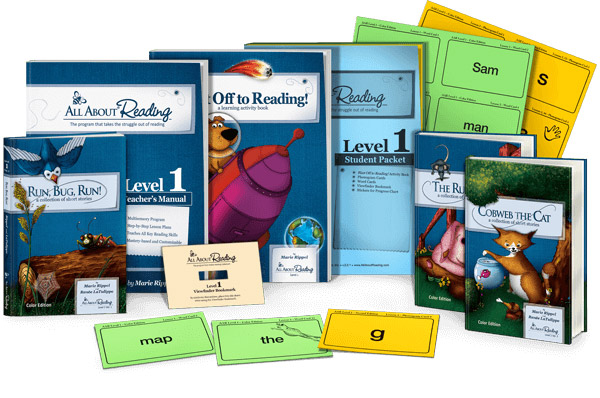
Learn More>>
Sounds Abound: Listening, Rhyming, and Reading by Hugh Catts Tina Williamson is recommended. This program builds skills students need to become proficient readers with an evidence-based, systematic progression of lessons. The 125 one- and two-page lessons help students connect letters with sounds and improve early reading achievement. The lessons are organized into five skill areas in order of development. Each skill area begins with picture-supported lessons and progresses to listening tasks without pictures. Determine student progress with a pre- and posttest for every unit.

Sound Foundation’s Dancing Bears were easy-to-use books developed to teach reading and spelling to young children and students struggling with literacy. First published in 2001, ‘Dancing Bears’ pioneered synthetic phonics. All the exercises were chosen for their proven success in teaching dyslexic children to read and spell. Our books are designed to empower amateur teachers (AKA parents)

Replacing writing with typing can be a helpful tool. Dyslexie font is a typeface – specially designed for people with dyslexia – which enhances the ease of reading and comprehension. To design the dyslexia-friendly typeface, all typography rules and standards were ignored. Instead, all the challenges of dyslexia are taken as a starting point. There’s an array of products you can add this to- like Microsoft Word, Google Chrome, etc.

Another introduced us to Grammarly, which is a writing support program that
supports streamlined and effective writing. Their suggestions help identify and replace complicated sentences with more efficient ones, refresh repetitive language, and uphold accurate spelling, punctuation, and grammar. Catch typos, missing punctuation, or commonly confused words before they become distracting to your reader.
GRAMMARLY: The World’s Best Automated Proofreader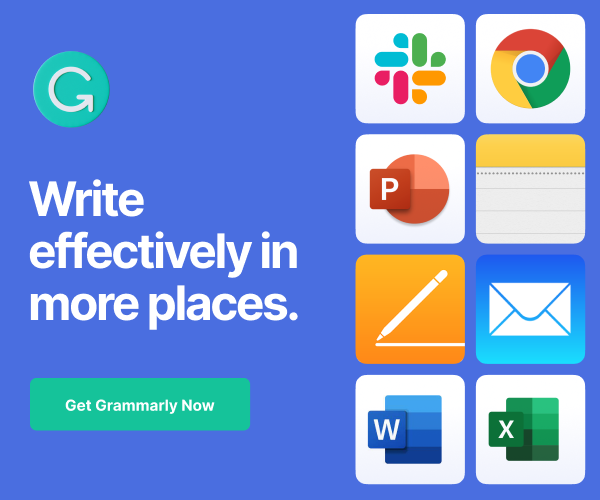
A couple of our friends also chose to become trained in The Orton-Gillingham Approach to better help their students, which is a direct, explicit, multisensory, structured, sequential, diagnostic, and prescriptive way to teach literacy when reading, writing, and spelling does not come easily to individuals, like those with dyslexia. It is most properly understood and practiced as an approach, not a method, program, or system. In the hands of a well-trained and experienced instructor, it is a powerful tool of exceptional breadth, depth, and flexibility.
Will having a learning disability hold my child back? (32:50)
It doesn’t have to. And remember that as homeschoolers, there is no behind. The biggest benefit of homeschooling is flexibility. Some other advantages of homeschooling your child with a learning disability are:
- A quieter learning environment in a familiar setting. This can reduce anxiety and pressure.
- Daily Progress In a school environment you may get feedback from teachers at the end of the day or weekly. But as a homeschooler you can track progress daily and see them blossom. And you are also there if the day goes bust.
- Set the pace. Spend as much time as you need on concepts or skills that are hard for your child. Move on when you have mastered something.
- Choice of curriculum and resources Children have different learning styles and sometimes music or movement are better than sitting still and listening. There are So many different approaches you can use as we discussed in the last section.
- Quality social opportunities. You can join local groups that encourage kids to relate to one another on their own terms. You can pick your activities and extra curriculars.
You may have concerns about things like not having as much structure as a school environment.
You may worry about having fewer resources than a school may. You may be worried about having less social interaction and getting burned out. Focus on things you can fix. There are things that you have much more control over, but you still can’t control everything that might go wrong in a homeschool environment. Instead of thinking about the resources that aren’t available to your homeschooled child, think about how you can fill in the gaps and gain valuable skills.
Each public school child eligible for special education has an Individualized Education Plan (IEP). As a homeschooling parent, you may not have to have one at home, but it’s a good idea to set goals at the beginning of the year and monitor progress over time. An IEP can also help you communicate with specialists. There are free sources online that can help you generate your own.
A common fear for parents as their child with disabilities grows up is that they will sit at home all day after graduation and do nothing. This is a normal fear but doesn’t have to be reality.
One of our friends is using a vocational rehabilitation service for youth. They updated testing for her adult child and helped prepare for post-secondary education and employment opportunities. Services are eligibility and need based. Some even pay tuition and books at the community college.


Ultimately you know yourself and your child. Your child with disabilities could thrive under your tutelage if you have the patience and courage to lead the way. You know your child best.
This Week’s Freebies:
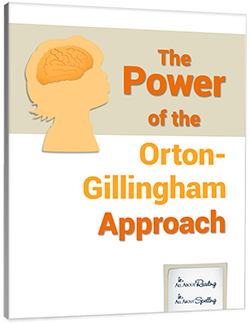
Free Poster (pdf):
